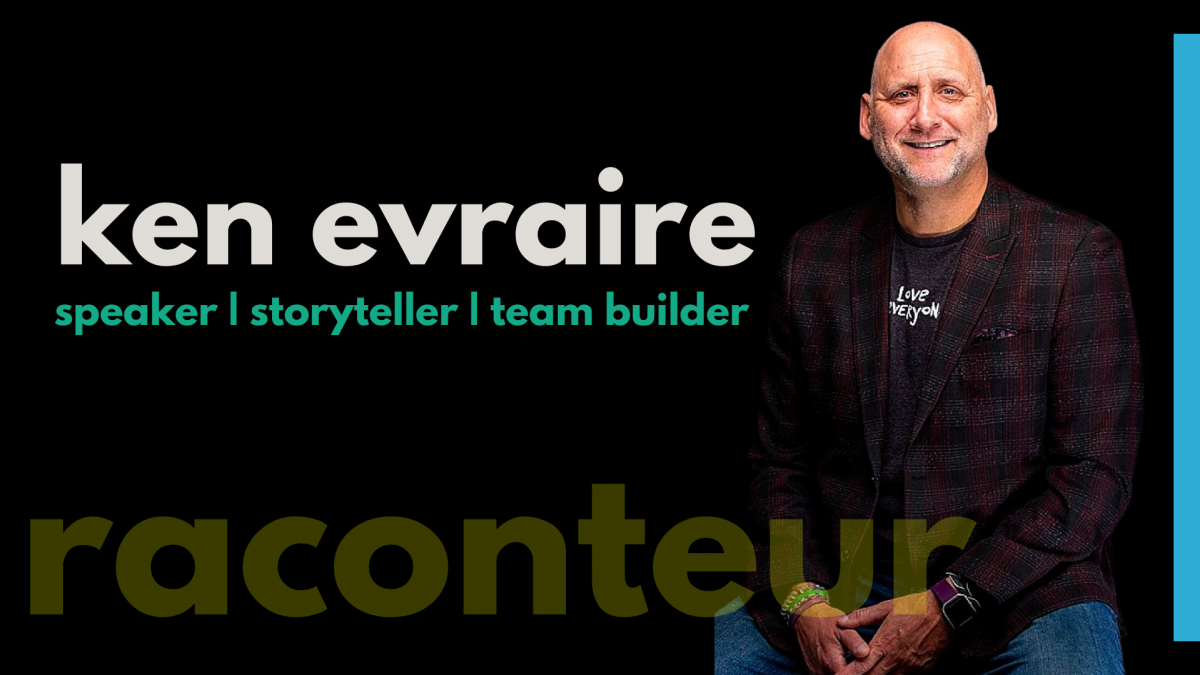
How do you convince someone to follow you?
What traits would a leader need to have to convince others to follow him or her?
To answer the “how do I convince others to follow me?” question I can think of no better way to find the answer than to explore a thought experiment featuring the ship of Theseus.
To adequately capture the spirit of this explanation we must go back in time to my days at Laurier University circa 1986, for a little Philosophy 101 debate!
Professor Rocky Jacobsen stared out at a room full of first year freshmen, similar to the way Donald Sutherland looked upon his class in the cult classic movie, Animal House.
Like the class in Animal House, most of us were a little hungover at best. A Friday morning Philosophy 101 session was considered a bird class. The only real challenge was the actual waking up and getting to class part of the deal. If you can get to class you are pretty well guaranteed a passing grade.
Okay, so Theseus or to be precise the Theseus Paradox was introduced to induce debate. Rocky was a big fan of having the class pro-actively defend their positions and Theseus triggered plenty of debate. Truth is, it was all part of his wanting us to discover our freshmen voice and to take a position knowing a series of contrasting views made for a valuable educational experience.
Theseus Paradox 101
Theseus is remembered in Greek mythology as the slayer of the Minotaur. For years, the Athenians had been sending sacrifices to be given to the Minotaur, a half-man, half-bull beast who inhabited the labyrinth of Knossos. One year, Theseus braved the labyrinth, and killed the Minotaur. The ship in which he returned was long preserved. As parts of the ship needed repair, it was rebuilt plank by plank.

Here comes the paradox.
Rocky asked the following question…”If Theseus sails his ship from port A to port B and every piece of the ship had been replaced by an identical piece, is it the same ship?”.
Well, the classroom lit up and the healthy debate began. Is it the same ship? Yes? No? Maybe so? Why? Why not? How does one define “same”?
Rocky played the role of traffic cop in the middle of a jammed roundabout as the battle of undergraduate minds took place. The room was immediately charged with energy!
Some built an argument around physics and how no two items are exactly the same hence it was not the same ship.
Some argued that one ship left port A and one ship arrived at port B making it one ship.
I watched the energy rise from the periphery. In part because I really had nothing to contribute as it relates to the debate.
Yet, among the cacophony of voices I realized two things.
One…Rocky was a genius. He captured the hearts and minds of an entire class with one question. For the first time in the fall term, I was learning something of value and thought provoking in university.
Second, and far more important, I realized I looked at the entire argument from a completely different perspective. It was likely connected to my football experience and needing to know the coach had a well thought out, prepared plan set up to help us succeed. He was calling plays but it was me getting hit by the heat seeking missiles on the field.
From my perspective, forget the ship! The key is the captain. The key is Theseus.
The mission in itself was life threatening to say the least. The mission message would magnify or minimize the associated fear.
“Lads, listen up. Can I have your attention? So, we are going to set sail and before we hit land, I want us to replace every piece of the ship. The journey is perilous and we could sink and die a brutal death but I think we can do it! Are you with me? Yes or no?”
Wow, what type of pregame speech did he have in his treasure chest to convince his crew to sign on for this adventure? How prepared would he have to be when asked the inevitable what, when, where, who, why and how questions?
How did Theseus get his team to buy in? There had to have been a history of trust, transparency, communication and collaboration for everyone to buy in. There had to have been a record of success forged from previous challenging situations within the group. Maybe a handful didn’t care about the message. They just needed the gig to get paid some much needed silver.
When Theseus introduces the mission I am assuming there would have been a split audience.
Let’s assume for argument’s sake that he has 30 sailors.
Cast of 30
Say 12 sailors sign up, no questions asked. They have been through many harrowing experiences and Theseus has not let them down.
Then there are 11 who need some more information. “Okay, I am kind of digging your idea but I need more info?”. They need to know the what, when, where, who and why associated with the mission. Eventually, they are all convinced to travel the 7 seas with Theseus.
There are 8 left and 5 of them need some more convincing. Not from Theseus but from the senior sailors. The more experienced sailors. Once they are convinced, Theseus now has 27 of his original team of 30 sailors on board. The remaining 3 opt to stay in the tavern and nurse their beer!
Does Theseus leave port down 3 sailors? Of course not. The word is out that Theseus is hiring, he is a great captain, his senior sailors believe in him and the mission and there is no way all of those experienced sailors would take on a doomed mission. So, there are 12 sailors hoping to get on board to make some shekels and to experience the leadership of Theseus.
Leadership rests upon 4 elements.
Connect, Communicate, Collaborate, Compete to Conquer
Connect is the first step in the process because it allows you to set the tone in terms of how the relationship will begin and what direction it will take. First impressions are everything. Getting off on the right foot is key. Be authentic.
Communicate is step number two. Let’s lay our cards on the table and begin a dialogue. We may not like everything we hear but we need to hear it so you can build a convincing strategy that will answer everyone’s questions. By communicating, everyone can get a real sense of investment.
Collaborate is an opportunity for the team to address and hopefully answer some questions that the captain does not have an answer for.
This is the problem solving stage. It the “I am okay with sailing with you but I think I can bring something to the plan that will help the entire group succeed. Collaboration leads to consensus which is a pillar in team building.
Collaboration leads to the Compete phase. A plan is in place. The plan is not etched in stone because there are unpredictable variables that are in play. What if it rains? What if we get attacked by a pirate ship? What if the crew suffers from scurvy? The mission stays in place but the navigation and mapping is open to change. If you anticipate a journey that takes you on a straight line from point A to point B…you are kidding yourself.
The process of communicating and collaborating will continue until the goal is reached. Like the sea…there will be many ebbs and flows within the journey. It may mean going back to the drawing board and re-working the problems. It may mean creating a plan B, C or D. Being married to a plan has been the Achilles heel for so many teams. Don’t let ego get in the way of evolution!
Evolution is growth. Being married to a plan with no room for change represents red flags for the team.
Being married to the goal and be willing to work the plan is the key to any team’s success.
Share the what, when, where, who and why and I may sail with you!
Ken Evraire is a quintessential team player who loves coaching, team building and talking leadership! He is grateful for the opportunity to work with a roster of fantastic clients ranging from the government sector, not for profit agencies, start ups, Fortune 500 companies and elite sports teams.
He is father to 3 precocious children, a former professional football player that has since donated his brain. He has run 3x marathons (Honolulu 2x + Barcelona), done stand up comedy and believes the old school coach was wrong…there is indeed an “i” in Team!
Check Ken out on the following social media pages…
LinkedIn https://www.linkedin.com/in/ken-evraire-leadership/
Twitter https://twitter.com/kevraire17
Facebook https://www.facebook.com/kenevrairedotcom/
